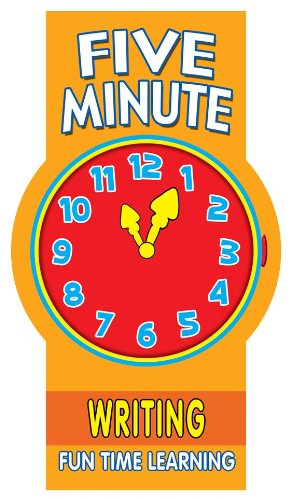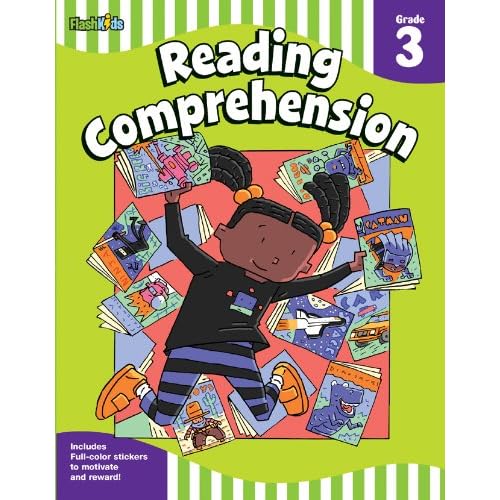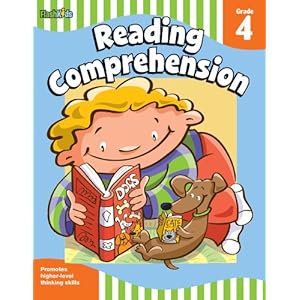
I remember loving the
Encyclopedia Brown series when I was small. I was impressed with how smart he was, how he could so easily pick out inconsistencies and solve the mysteries. Why, he even helped his dad, the chief of police, solve some of his cases! I remember dreaming of setting up my own detective agency, just like Encyclopedia Brown did. I don’t remember why I suddenly remembered the Encylopedia Brown books, but I’d thought (and hoped) that Josh might probably enjoy them as much as I did.
So, for Christmas last year, I had ordered the
Encyclopedia Brown Box Set from The Book Depository. It contains the first four books in the series. I was thinking that I’ll see whether or not Josh would love them before I invest further in more Encyclopedia Brown books. Each book has about 10 separate ‘mysteries’ that the boy detective would solve. I figured that each story would be short enough for Josh to go through in one sitting. Just right.

Because he got so many Christmas presents, –among which was a
Star Wars Complete Visual Dictionary that he’d asked Santa for,—Josh didn’t really show any interest at all in the Encyclopedia Brown books. About a month later, I oh-so-casually asked him if he’d read any of the books yet. He started on the first story and I could tell he was not very into it. I think it might have been a little out of his depth. (I definitely was not 6 when I read the books –more like 8 or 9, I think.) I didn’t want to push him, so I didn’t bring it up again.
Then one night, Chris decided that he would read one Encyclopedia Brown story together with Josh, because he wanted to check out for himself what I was raving about. So together they read, with Chris helping to explain the bits that Josh didn’t quite understand. They then tried to answer the question at the end of the story:
How did Encyclopedia Brown know? /
How did he solve the case? before turning to the back of the book to check out the answer/explanation.
Each story ends with a question and the answers are found at the back of the book. The answers refer you back to sections within the story where the inconsistencies occurred and explain the why’s and the how’s.
After a couple more sessions of reading the stories with Chris, Josh started to take a renewed interest in the books. I think he really benefited from Chris guiding him along with the first few stories that he got the hang of how the stories work. Josh started devouring them the way he did with the
My Weird School series. No, he didn’t laugh out loud or giggle or roll over with laughter when reading Encyclopedia Brown, but rather he’d be very quiet and serious in his little corner, with a look of concentration on his face. Occasionally, he would flip back pages to reread passages. Sometimes he would ask me what certain words meant.
Josh has gone through all the four books in the box set plus another one that I’d borrowed from the library. He managed to ‘solve’ at least one case and I remember that he was quite proud that he did so, without checking the answer first. I might have to go order some more online, as the local library doesn’t carry the complete set. {I didn’t realize that the Encyclopedia Brown series were started by Donald Sobol in the early 60’s (!) and that it was an HBO TV series in 1989.}

































